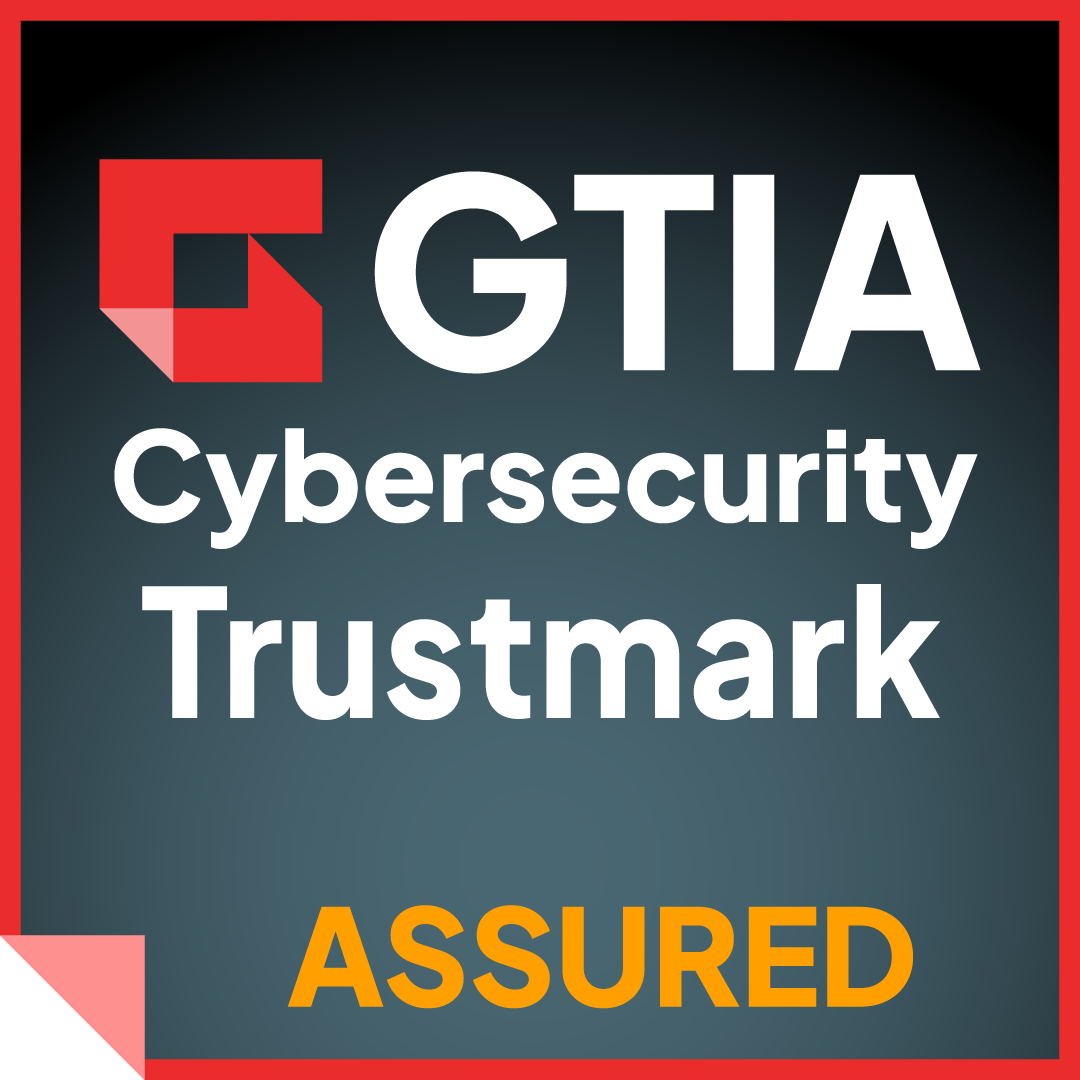What Are Zero-Day Attacks and How Can I Prevent Them?
Carmine Corridore
In today’s digital landscape, cybersecurity threats are evolving faster than ever. Among these, zero-day attacks are particularly dangerous because they exploit vulnerabilities that are unknown to software developers and security teams. For small businesses, enterprises, and organizations across industries, understanding these threats is critical to preventing costly breaches and maintaining trust.
This article explores what zero-day attacks are, why they’re dangerous, and how custom cybersecurity solutions can help prevent them.

What Is a Zero-Day Attack?
A zero-day attack occurs when hackers exploit a software vulnerability before it is discovered or patched by the developer. Because there’s no existing defense at the time of the attack, the vulnerability is “zero-day,” meaning there are zero days for a system to defend itself.
Unlike typical cyber threats that can be mitigated through updates and patches, zero-day attacks target unknown vulnerabilities, making them highly effective and difficult to detect.
Key characteristics include:
- Exploits an unknown vulnerability in software or hardware.
- Can affect operating systems, applications, and even IoT devices.
- Often used for espionage, ransomware, or data theft.
- Extremely difficult to predict without advanced cybersecurity threat management services.
How Zero-Day Attacks Work
Zero-day attacks typically follow a structured approach:
- Discovery of the Vulnerability – Hackers identify an unknown weakness in a system.
- Development of an Exploit – A piece of code is created to leverage the vulnerability.
- Deployment – The exploit is delivered to the target, often via email phishing, malicious downloads, or compromised websites.
- Execution – Once the vulnerability is triggered, the attacker gains unauthorized access, steals data, or installs malware.
Because these attacks target previously unknown flaws, traditional antivirus software or security updates often fail to prevent them.
Why Zero-Day Attacks Are Dangerous
Zero-day attacks are particularly concerning because:
- Immediate Risk: No patches exist, so attackers can act without delay.
- Widespread Impact: Can target thousands of systems simultaneously if the vulnerability is in widely used software.
- Stealthy Execution: Often bypasses standard security measures, making detection difficult.
- High Financial and Reputational Damage: Breaches can result in costly downtime, regulatory fines, and loss of client trust.
For businesses in sectors like healthcare, finance, or critical infrastructure, the stakes are even higher.
How to Prevent Zero-Day Attacks
While it’s impossible to eliminate zero-day vulnerabilities entirely, proactive cybersecurity services can minimize risk.
1. Regular System Updates and Patches
Even though zero-day exploits target unknown vulnerabilities, keeping all software, hardware, and firmware updated reduces exposure to secondary vulnerabilities. Automated patch management helps ensure systems are as secure as possible.
2. Implement Email and Web Security Solutions
Many zero-day attacks are delivered through phishing emails or malicious websites. Email phishing protection and secure web gateways can prevent these attack vectors from reaching your network.
3. Use Endpoint Detection and Response (EDR)
EDR solutions monitor all devices on a network for unusual activity. If a zero-day attack is attempted, EDR can detect anomalies, isolate compromised devices, and alert IT teams immediately.
4. Deploy Custom Cybersecurity Solutions
Working with a cybersecurity service provider allows for tailored defense strategies:
- Threat intelligence monitoring to identify emerging zero-day exploits.
- Network segmentation to limit access if an attack occurs.
- Behavioral analytics to detect abnormal activity patterns.
5. Conduct Regular Cybersecurity Assessments
Cybersecurity assessment services help organizations identify weak points before attackers do. These assessments may include penetration testing, vulnerability scans, and risk analysis, ensuring your systems are continuously hardened against emerging threats.
6. Educate Employees
Human error is often the weakest link. Training employees to recognize email phishing attempts and suspicious links reduces the chance of a successful zero-day attack.
Advanced Tools for Zero-Day Protection
Several tools and technologies enhance protection against zero-day attacks:
- Remote Monitoring and Management (RMM) – continuously monitors networks and endpoints for vulnerabilities.
- Artificial Intelligence (AI) and machine learning – detects unusual behavior patterns that may indicate zero-day exploits.
- Security Information and Event Management (SIEM) – provides real-time analysis of security alerts generated across the organization.
By combining these tools with custom cybersecurity solutions, organizations gain layered protection, making zero-day attacks significantly harder to execute.
Future of Zero-Day Attack Prevention
The fight against
zero-day attacks is evolving rapidly:
- AI-driven threat prediction will identify vulnerabilities before they’re exploited.
- Automated patch deployment across cloud and on-premises systems will reduce exposure time.
- Advanced endpoint security will leverage behavioral monitoring and sandboxing to neutralize unknown threats.
Organizations that embrace these cutting-edge cybersecurity strategies will be better positioned to defend against zero-day exploits in the coming years.
Conclusion
Zero-day attacks remain one of the most dangerous threats in modern cybersecurity, capable of causing significant damage before traditional defenses even notice a vulnerability. By implementing custom cybersecurity solutions, threat management services, and proactive employee training, businesses can dramatically reduce the risk of compromise.
Partnering with Underdog Cyber Defense, your organization can leverage expert cybersecurity services for small businesses, email phishing protection, and advanced cybersecurity assessment services tailored to your industry.
Contact us today to strengthen your defenses and stay ahead of zero-day threats. Protect your business, your data, and your peace of mind.



